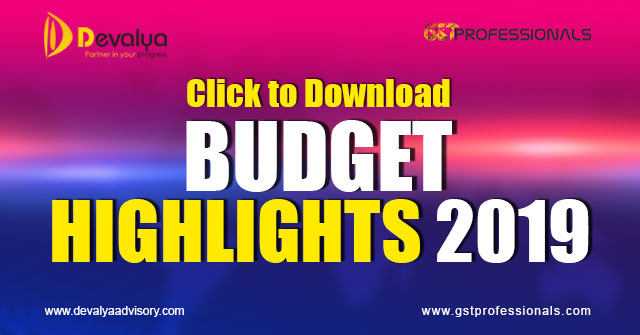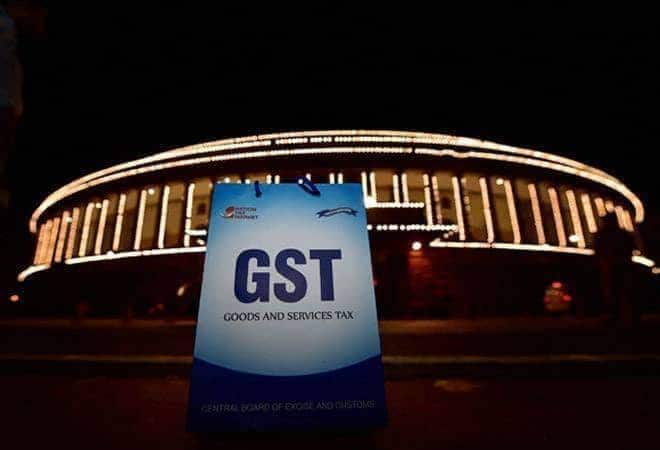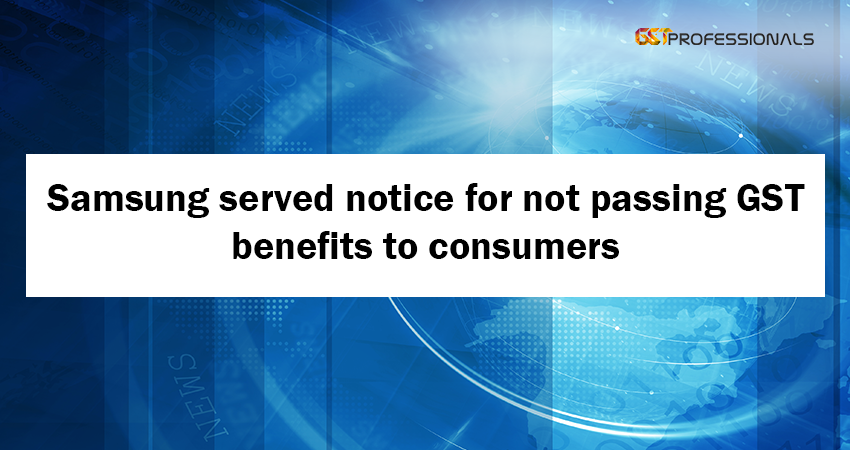4 errors in GST return that could be too costly to ignore!
From a large corporate house to a small business, everybody is busy in decoding the law of goods and service tax (GST) so that they can remain compliant and they do not have to pay the interest or penalties unnecessarily. However, it is easier said than done. The law of GST is so confusing that most of the taxpayers are committing mistakes while filing the GST returns.
As said, we have received a number of queries for resolving the mistakes committed in GST return from every quarter of the industry about the GST return including the multi-national companies (MNCs) and even government department.
Further, there are some mistakes, which could prove to be fatal for a smaller business or even for a large corporate house and hence, make sure you do not commit these four mistakes in GST return.
Error No1 – Making payment under wrong head of GST i.e. Central GST (CGST) instead of Integrated GST (IGST)
This is one of the asked queries of the taxpayers, as people are very confused between the three heads of GST i.e. IGST, CGST and State GST (SGST). Let us understand this query with the help of an example.
Example: The summary of GST of the ABC Ltd for September 2017 is as follows:

The total liability of the ABC Ltd is Rs1.55 crore and the total ITC available to the company is Rs51 lakh. Hence, Rs1.04 crore needs to be paid to the government. This is what the ideal situation should be.
Now, one can see that the total tax liability of ABC is Rs1.55 crore which is divided into three heads of GST. Now, at the time of payment of tax, the taxpayers are making payments under wrong heads, i.e. CGST instead of IGST and vice versa.

Now, one can see that IGST has been paid less by Rs11,00,000 and CGST has been paid in excess by Rs11,00,000.
The question by the taxpayer
Now the question of the taxpayer is that whether he can utilise the excess cash balance in CGST against the balance of IGST?
The solution to the above query
As per the legal provisions of GST, the excess balance in electronic cash balance cannot be utilised against any other head. For example, the excess balance paid for CGST cannot be utilised the liability of IGST.
Hence, in our case, ABC needs to pay the IGST again and keep the excess balance in CGST for future adjustments. Further, in case the person is not able to adjust the excess balance in CGST, then he may claim the refund of the excess balance in CGST.
Due to this error committed by the ABC, the amount of Rs11,00,000 get blocked in electronic cash ledger and due to this, the shortage of working capital for shorter duration may arise.
Error No2 – Entering wrong values under reverse charge
The mistake
Now, suppose ABC made a supply of Rs50,00,000 at 18% tax, which amounts to Rs9,00,000. Now, if ABC also enters this transaction under reverse charge wrongly, then the company shall be liable to pay additional Rs9,00,000.
Possible solution
The only solution to this problem is that one has to pay the additional tax since the return cannot be revised and claim the ITC of the tax paid because any tax paid under reverse charge can be claimed as input tax credit (ITC).
Error No3 – Entering exports value under wrong item
Normal taxable supply: Any normal supply of goods or services, which carry a valid tax invoice and the tax has been calculated properly and shown in GSTR 1.
Exempted or nil rated supply: Nil rated supplies are those supplies, which are taxed at nil or ‘0% rate’. This is different from a zero-rated supply. Because in case of nil rated or exempted supply, the ITC is not allowed to the taxpayer.
Zero Rated supplies: Zero-rated supplies are supplies, which are zero taxed at both input and output. Zero-rated supplies include exports and supply to special economic zone (SEZ).
The Mistake

Error No4 – Not filing the GST return if no sales
Highest penalty if you forget to file nil return




